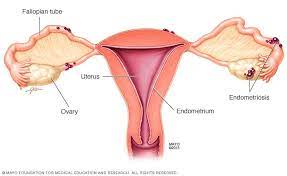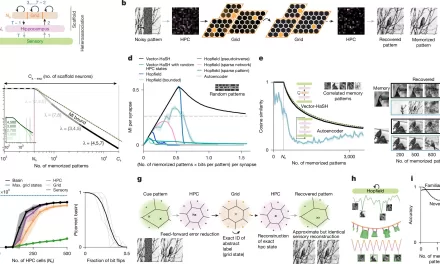Abu Dhabi, October 2024 – A groundbreaking analysis has revealed that global stroke rates have surged dramatically over the past three decades, driven by a combination of environmental, behavioral, and metabolic risk factors. The findings, drawn from the Global Burden of Disease (GBD) Study, were presented at the World Stroke Congress and published in The Lancet Neurology.
Between 1990 and 2021, stroke incidence increased by 70%, with 11.9 million people suffering new strokes in 2021 alone. The number of stroke survivors rose to 93.8 million, while stroke-related deaths reached 7.3 million. The condition is now the third leading cause of death globally, following ischemic heart disease and COVID-19, with the burden of stroke disproportionately affecting low- and middle-income countries (LMICs).
The analysis estimates that the global loss of healthy life years due to stroke, measured in disability-adjusted life years (DALYs), increased by 32% from 1990 to 2021. In 2021, stroke accounted for 160.5 million years of healthy life lost, making it the fourth leading cause of health loss worldwide.
Environmental and Metabolic Risks on the Rise
The study identifies both population growth and aging populations as major contributors to the rising stroke burden, but it also underscores the significant role played by preventable risk factors. These include air pollution, metabolic conditions like high blood pressure and high cholesterol, and behavioral risks such as smoking and poor diet. Since 1990, the global stroke burden attributable to high body mass index (BMI) has risen by 88%, while the contribution of high temperatures to stroke risk has increased by 72%.
“The number of people who develop, die from, or are left disabled by stroke is growing fast,” said lead author Professor Valery Feigin of Auckland University of Technology. “Our findings strongly suggest that current stroke prevention strategies are not sufficient. Urgent action is needed to implement new, effective approaches.”
Disproportionate Impact on LMICs
The study highlights stark differences in stroke burden between high-income countries and LMICs. While stroke incidence, prevalence, and mortality rates were lowest in countries like New Zealand, Canada, and Australia, stroke rates were up to ten times higher in regions such as East Asia, Central Asia, and sub-Saharan Africa.
In 2021, over half of all stroke-related health loss was linked to hemorrhagic strokes, the deadliest type, largely driven by poorly controlled high blood pressure. People in LMICs and those under the age of 70 are the most affected.
“Stroke-related health loss disproportionately impacts the most disadvantaged regions, particularly in Asia and sub-Saharan Africa,” said co-author Dr. Catherine Johnson of the Institute for Health Metrics and Evaluation. “Without effective preventive strategies, this trend will likely continue, with devastating consequences.”
Air Pollution and Climate Change as Emerging Risks
For the first time, the study identified air pollution as a top risk factor for subarachnoid hemorrhage, a severe stroke subtype. Air pollution, along with other environmental factors like rising temperatures, is emerging as a significant driver of stroke risk, particularly in LMICs.
While there has been progress in reducing stroke risk from smoking, poor diet, and air pollution, the study points to an urgent need for climate action and policies to tackle the growing impact of environmental factors on stroke rates.
Urgent Call for Prevention Strategies
The authors emphasize that 84% of the global stroke burden is linked to modifiable risk factors, offering a significant opportunity for prevention. They advocate for the widespread implementation of evidence-based interventions, including public health campaigns, mobile health platforms, and task-shifting to empower nurses and health volunteers in stroke prevention.
“There is an opportunity to drastically reduce the global burden of stroke in this decade,” said Professor Feigin. “By taking bold action now, we can improve the well-being of millions and turn the tide against this growing crisis.”
The study provides the most up-to-date analysis of stroke burden and risk factors and calls for a coordinated global response to tackle the rising stroke burden, particularly in the world’s most vulnerable regions.
For more information, the full study is available in The Lancet Neurology.
References: Feigin, V.L., et al. (2024). Global, regional, and national burden of stroke and its risk factors, 1990–2021: A systematic analysis for the Global Burden of Disease Study 2021, The Lancet Neurology.












